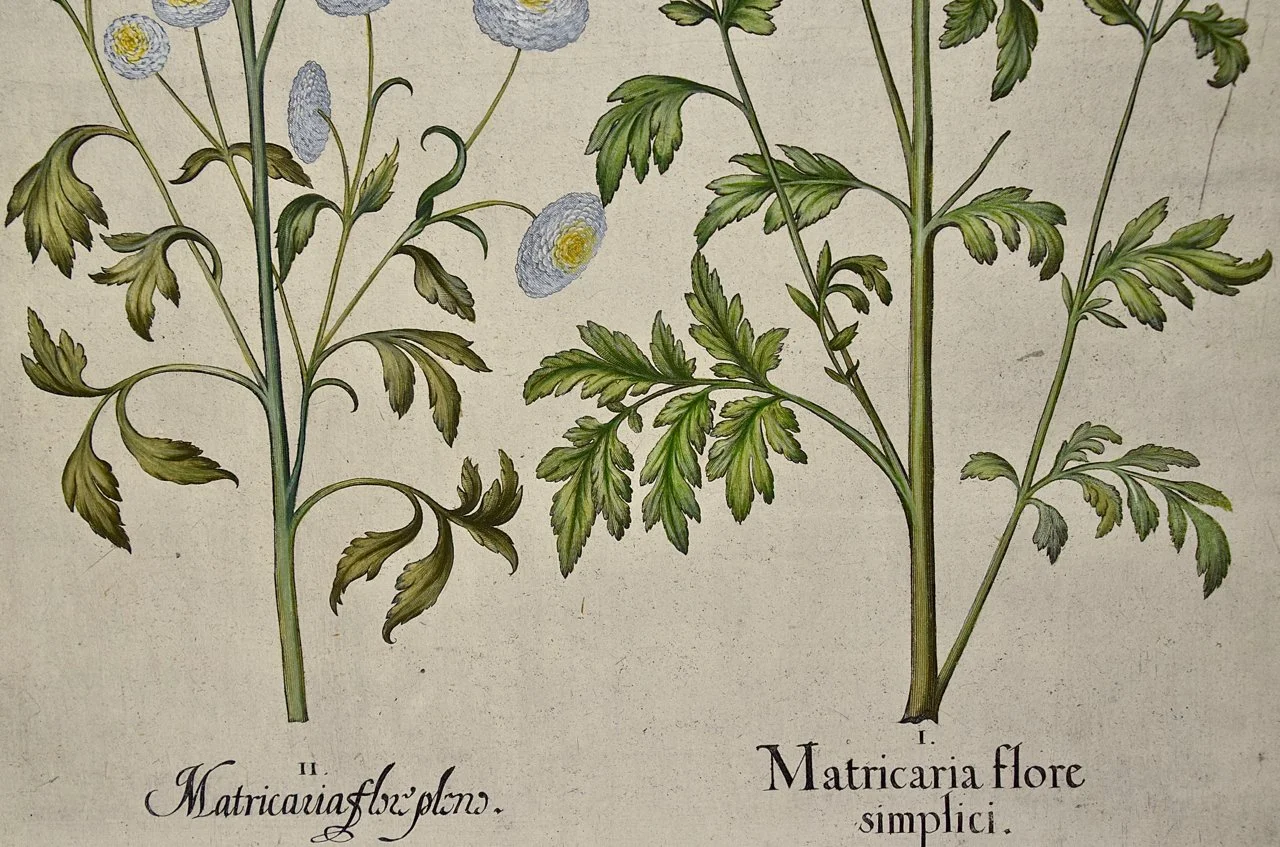Amaranthus tricolor: A 17th-18th C. Besler Hand-colored Botanical Engraving
This is a hand-colored copper plate engraving entitled "Amaranthus Tricolor", depicting a flowering Amaranthus Tricolor plant from Basilius Besler's landmark work, Hortus Eystettensis (Garden at Eichstatt), first published in 1613 in Eichstatt, Germany near Nuremberg and later in 1640 and 1713. Amaranthus tricolor, known as edible amaranth, is a species of flowering plant in the genus Amaranthus. The plant is often cultivated for ornamental and culinary purposes. Cultivars have a striking yellow, red, and green foliage. It is known as Joseph's coat in some areas, after the biblical figure Joseph, who is said to have worn a coat of many colors. Amaranthus tricolor is one of several species of amaranth cultivated in warm regions across the world.
Creator: Basilius Besler
Creation Year: 1713
Dimensions: Height: 22.13 in (56.22 cm)
Width: 17.13 in (43.52 cm)
Medium: Engraving
Condition: See description below.
Reference #: 3680
This is a hand-colored copper plate engraving entitled "Amaranthus Tricolor", depicting a flowering Amaranthus Tricolor plant from Basilius Besler's landmark work, Hortus Eystettensis (Garden at Eichstatt), first published in 1613 in Eichstatt, Germany near Nuremberg and later in 1640 and 1713. Amaranthus tricolor, known as edible amaranth, is a species of flowering plant in the genus Amaranthus. The plant is often cultivated for ornamental and culinary purposes. Cultivars have a striking yellow, red, and green foliage. It is known as Joseph's coat in some areas, after the biblical figure Joseph, who is said to have worn a coat of many colors. Amaranthus tricolor is one of several species of amaranth cultivated in warm regions across the world.
Creator: Basilius Besler
Creation Year: 1713
Dimensions: Height: 22.13 in (56.22 cm)
Width: 17.13 in (43.52 cm)
Medium: Engraving
Condition: See description below.
Reference #: 3680
This is a hand-colored copper plate engraving entitled "Amaranthus Tricolor", depicting a flowering Amaranthus Tricolor plant from Basilius Besler's landmark work, Hortus Eystettensis (Garden at Eichstatt), first published in 1613 in Eichstatt, Germany near Nuremberg and later in 1640 and 1713. Amaranthus tricolor, known as edible amaranth, is a species of flowering plant in the genus Amaranthus. The plant is often cultivated for ornamental and culinary purposes. Cultivars have a striking yellow, red, and green foliage. It is known as Joseph's coat in some areas, after the biblical figure Joseph, who is said to have worn a coat of many colors. Amaranthus tricolor is one of several species of amaranth cultivated in warm regions across the world.
Creator: Basilius Besler
Creation Year: 1713
Dimensions: Height: 22.13 in (56.22 cm)
Width: 17.13 in (43.52 cm)
Medium: Engraving
Condition: See description below.
Reference #: 3680
This beautiful colorful engraving is printed on thin laid chain-linked paper with very wide margins. There is a short crease in the upper right corner, mild irregularity of the left, right and lower edges and some bleed-through of text from the verso. The print is otherwise in excellent condition with striking hand-coloring. The sheet measures 22.13" high and 17.13" wide.
Basilius Besler (1561–1629) was an apothecary and botanist. He was curator of the Willibaldsburg Castle garden of Johann Konrad von Gemmingen, prince bishop of Eichstätt, in Bavaria, who supported Besler's academic and artistic creation and whose funds allowed the purchase of exotic plants from all over Europe. Besler spent 16 years producing drawings of 1084 varieties of plants and flowers in different seasons. These were then engraved on copper plates by master artists, resulting in the 367 beautiful and detailed engravings which comprise Besler's monumental florilegium Hortus Eystettensis, the first large-scale botanical publication.
































